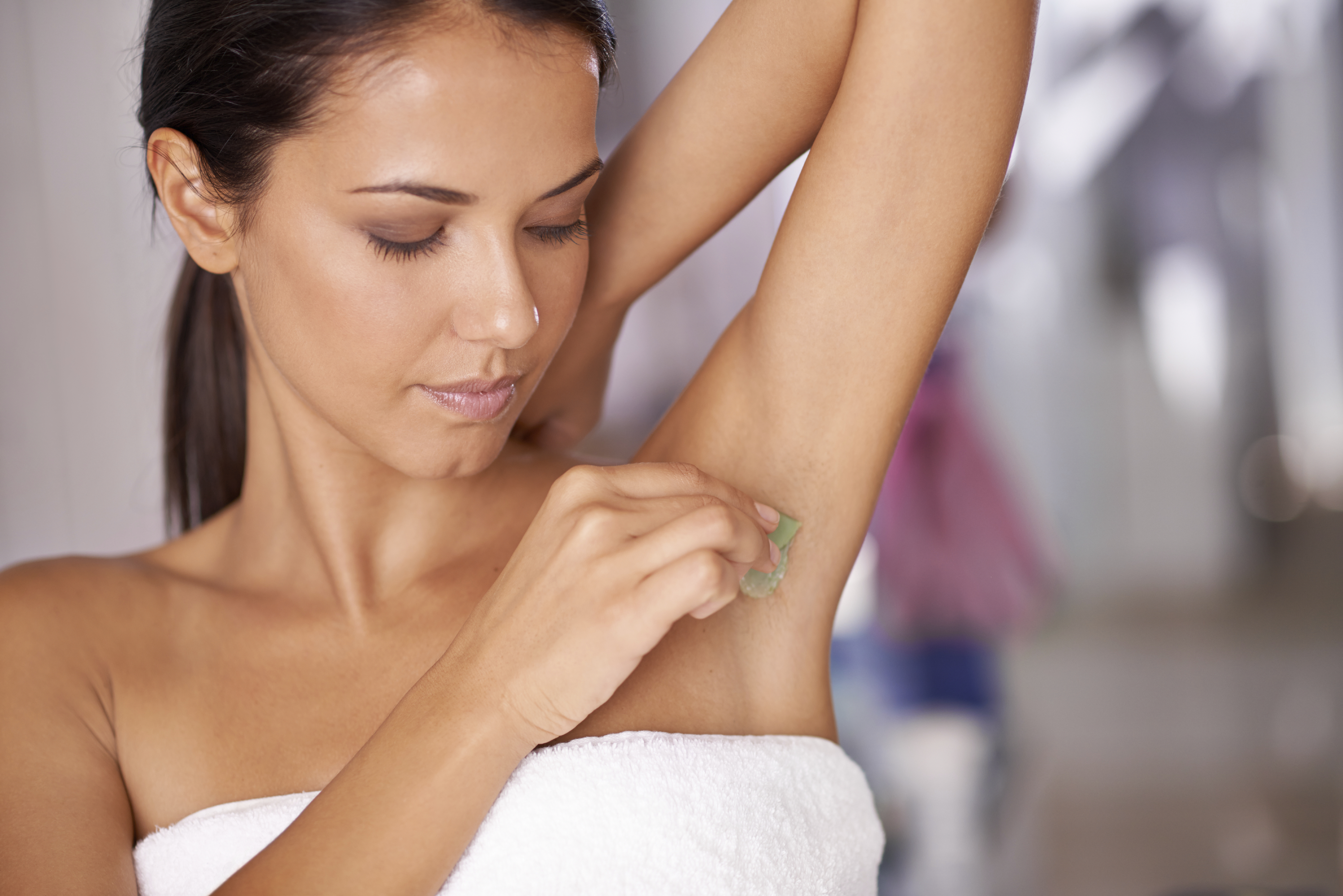Ultherapy Treatment
-
Content written by Andrew Proulx, MD | Reviewed by EnhanceMyself Medical Team | Last updated 6/12/2023
- Overview
Overview
What is Ultherapy?
Are you looking to lift sagging facial skin but apprehensive about surgery? Consider Ultherapy, an FDA-approved ultrasound treatment designed to tighten the skin of the neck, chin and eyebrow.
Vs. facelift surgery
While Ultherapy is a viable treatment for lifting sagging facial skin, it should not be considered as a comparable treatment to facelift surgery.
Unlike a facelift, Ultherapy does not disturb the surface of the skin. Rather, the ultrasound energy helps to stimulate collagen production in the support layers of the skin, boosting natural healing and helping to delay the sort of facial sagging that can be expected as we age.
Although Ultherapy does not offer the same sort of drastic results you can expect with facelift, it can offer visible facial rejuvenation resutls.
Are you a candidate?
If you’re over 30 and are experiencing “relaxed” skin laxity of the neck, under chin or eyebrows, you may be a good candidate for Ultherapy. In general, ideal candidates should be:
- In good overall health
- Have a fair amount of skin elasticity
- Mild to moderate signs of facial aging
- Mild to moderate droopiness of the skin
- Realistic about their results
Common areas treated
Some areas of the body commonly treated with Ultherapy include:
- Face
- Eyebrows & around the eyes
- Neck & jowls
- Under the chin
- Chest/décolletage
Treatment details
When you arrive for your appointment, the skin will be cleansed and the ultrasound gel applied. Some patients may be given a topical numbing cream to help with any discomfort.
Next, the ultrasound hand piece is placed on the treatment area of the skin to deliver focused blasts of ultrasound energy that stimulates the body’s natural production of collagen. The collagen in turn helps to tighten the skin in the treated areas, providing a more natural, youthful look.
Although your skin may appear somewhat red immediately after treatment (this is normal). Any minor swelling may be accompanied by some slight skin tenderness, but this should pass within a couple of hours.
The entire Ultherapy session usually lasts between 60 - 90 minutes. After treatment, patients are able to resume normal activities immediately.
Recovery time
With Ultherapy, there is no downtime required after treatment.
Some patients may experience temporary flushing, redness, or mild irritation, but these symptoms are usually resolve quickly with cold compresses and over-the-counter remedies.
Many patients are able to return to work, school, or other activities after treatment.
How many sessions will you need?
For many patients, a single session is enough to achieve their desired outcome, while others may need multiple sessions. The amount of sessions will vary by patient depending on severity of condition, health of skin, and other factors.
When will you see results?
Results from your treatment will gradually occur over the next several weeks and months as your body begins to ramp up its collagen production. Final results are typically seen 2 to 3 months after the final treatment session.
How long will your results last?
Ultherapy results can last up to two years or longer.
Cost of Ultherapy
On average, the cost of Ultherapy is is between $1,500 to $5,000 per session. The costs can vary depending on several factors such as the size of the area being treated, number of treatment sessions, the provider you choose, and your geographic location.
The best types of doctors for Ultherapy treatments are dermatologists, plastic surgeons, or facial plastic surgeons.
EnhanceMyself.com relies on sources such as professional medical organizations, government agencies, academic institutions, and peer-reviewed scientific journals to write it’s articles. Learn more about how we ensure our content is accurate, in-depth, and unbiased by reading our editorial guidelines.
*Medical Disclaimer: This website does not provide medical advice. Read more.



